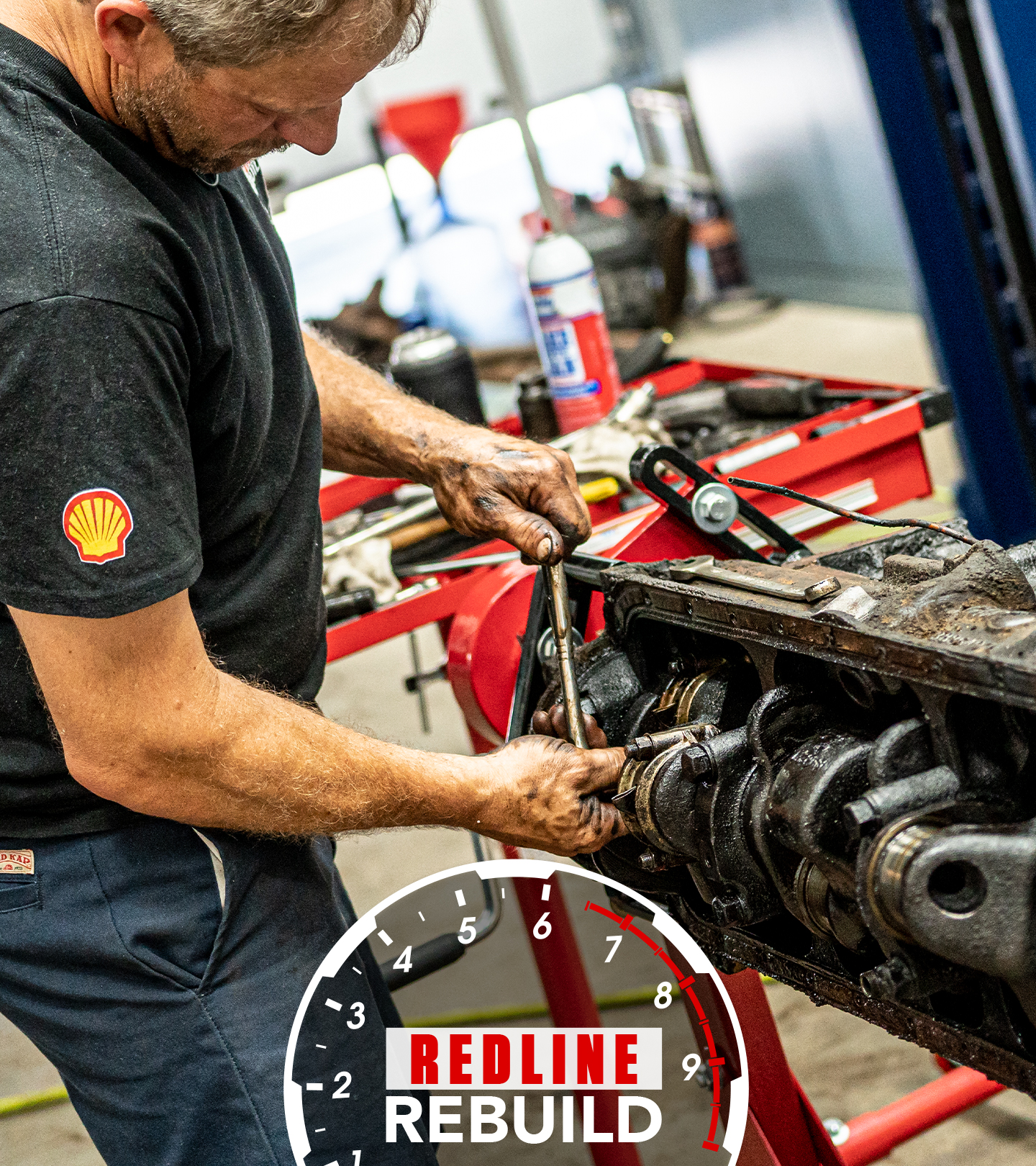DIY: Guide to Common Automotive Electrical Connections - Hagerty Media
We’re going with the flow—the flow of electrical current—in the latest episode in Hagerty’s DIY video series, which features our own Matt Lewis explaining the ins and outs of connecting automotive wiring.
When voltage needs to get from one place to another, stranded wires are the automotive go-to. If a wire comes up short or need to connect to a terminal, a connection needs to join it to another wire or end terminal.
Matt begins with how to prepare wires before joining them by using wire strippers. Leave a quarter-inch of exposed wire and twist the ends to ensure a reliable connection. If repairing wires, it is best to make sure the prepared wire ends are clean and free of corrosion that hampers a good connection.
Once wires are ready, it is time to choose the proper style of connection. There are many option: simple barrel connectors, shrink wrap barrel connectors, terminal ends if connecting to a switch, and finally a soldered connection. Matt addresses the benefits and drawbacks on each type of connection, as well as where each is best utilized.
The best connection is a soldered union, but time and space constraints can prevent even the most meticulous mechanic from using it 100 percent of the time. A well-utilized crimp connection is strong and reliable for the majority of classic car electrical systems.
Be sure to subscribe to the Hagerty Youtube channel to receive notifications when new videos are posted.
- 1
- /
- 3
Comments
Leave a Reply Cancel reply
Next episodes
You may also like











Very thorough explanations. Found helpful as he answered a few questions I had. Thank you!